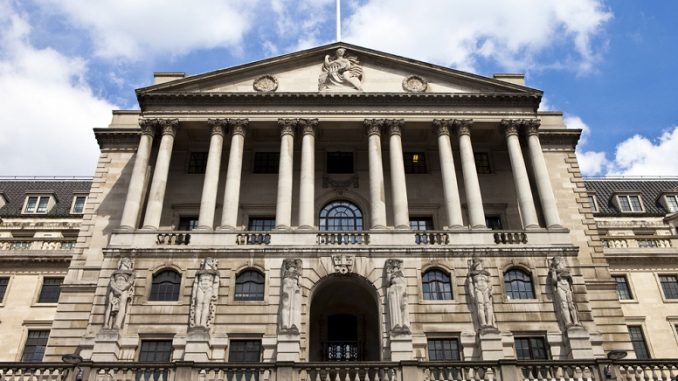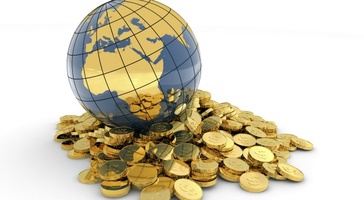My wife has been in Europe for the past three weeks. She spent two weeks with her mother, in Radom, Poland, and then a couple of days with one of her best friends, in Warsaw. She is now in Vienna, Austria, with another friend. Tomorrow she heads back to Warsaw, and then back home to me. I’ll pick her up at the Toronto airport on Sunday.
It’s a lot cheaper to fly to Europe through Toronto, than through Detroit…
Vienna is a very historic city, and I’m a little jealous that my wife is seeing it without me. I’ve been to Salzburg a couple of times (also in Austria), but never to Vienna.
Vienna was the center of the Austro-Hungarian Empire, as well as the center of the Hapsburg dynasty. Many people do not know it today, but the Hapsburgs ruled Europe for hundreds of years. Virtually all of the royal families of Europe were parts of the Hapsburg line, including the royal families, such as in England, that are still around today.
Modern Western history can be said to be a struggle between two groups, centered around two families. One of those groups is the royalty of Europe, and of course the Hapsburgs are the focal point of that group.
The other group is central banking, with the Rothschild family at the center.
The struggle between these groups goes back to the Crusades. The Knights Templar were formed in 1118, and quickly became, not just a professional Crusader army, but also a very wealthy monastic order. It was illegal in Europe to charge interest on loans (aka ‘usury’), and as a result, Europe had no real banking system, but the Knights Templar created a system in which those joining the Crusades could give their wealth to the Knights Templar, before making the journey to the Holy Lands, and then draw from their wealth once they got to the Holy Lands. The Knights protected that wealth, and charged ‘rent’ on it. ‘Rent,’ the Pope determined, did not constitute usury…
By the end of the Crusades, the Templars were an established central bank, and all of the royal families (Hapsburgs) owed them money. From then on, whenever European countries went to war, the Knights Templar financed both sides, making war the primary driving force of Templar wealth, and making the Templars rival the Hapsburgs in terms of power.
The Templars became ever more powerful by having the Hapsburgs continuously fight one another, in wars financed by the Templars.
On Friday, the 13th of October, 1307, King Philip IV of France (a Hapsburg), with permission from the Pope, and assistance from the other royal households of Europe (also Hapsburgs), destroyed the Knights Templar. In doing so, the Hapsburg families also discharged any debt owed to the Templars. Someone must have tipped off the Templars though, as many of them vanished, along with all of the Templar wealth.
At the same time, Switzerland, which had before been nothing but a mountainous region of impoverished goat herders, emerged as the center of European banking, with a large, formidable army. Their flag bore (and still bears) the Templar Cross.
It does not take a rocket scientist to figure out where the Templars, and their vast wealth, went, and it should be no surprise that Switzerland has stayed neutral in every European war.
Central banking began to spread throughout Europe, and as England grew in prominence, the Rothschilds emerged as kind of the central family of the central banking system. There were other families, such as the Wursburgs in Germany, but the Rothschilds were by far the wealthiest, and most powerful.
The Central Bank of the central banks remained in Switzerland, so as European countries continued to go to war with one another, it was the central banking system that financed both sides, just as the Templars had done in the past, except that now the central banking system had its own country, in the middle of some of the most formidable mountains in Europe, making a repeat of Friday the 13th impossible.

Each new war put each country involved further in debt, making the central banking system ever more powerful.
The United States was founded without a monarchy, but, thanks to Alexander Hamilton, we did set up a central bank. The Federal Government also absorbed the debts from all of the individual states, financed by the central banking system, putting the United States under the thumb of the central banks.
Andrew Jackson refused to extend the charter for America’s central bank, and from 1836 to 1913, America had neither a monarchy, nor a central bank. We also, during that same period, became the richest nation in human history.
Per capita GDP grew ridiculously fast in the United States, during this period, but only in the North until after the Civil War. Once slavery was ended, the South began to grow very quickly as well.
Freedom works…
In 1913, the Federal Reserve system of the United States was created, with legislation written by JP Morgan (at his hunting lodge), along with members from America’s other large banks, and representatives from both the Rothschild and Wursburg families. One goal was the final destruction of the Hapsburg dynasty (through WWI – which would start soon after), and the other goal was to have the United States absorb as much of the debt from the upcoming war as possible, which would bring the United States back under the thumb of the central banking system.
And, of course, it worked.
Prior to WWI, the United States represented a special threat to the central banking system, in that the richest, most economically powerful country on Earth, was run by free people, who answered neither to royalty, nor to the central banking system. Since WWI, we’ve answer to the central banks.
All of the royal families left in Europe are figurative, with no real power, and the central banking system controls the world’s debt. The few countries the central banks do not control – that’s generally who we fight wars with, today. And the seat of the global central banking system? It’s the Bank for International Settlements, located in Basel, Switzerland. The Bank for International Settlements is the central bank of central banking. Whomever controls the Bank for International Settlements controls the debt of the world, and through that debt, they control the governments of the world.
How cool that my wife is in Vienna today, where all of this essentially started!
And how ominous it is that with the central banking system controlling all of the world’s debt, we see all of the institutions that are in debt (the UN, national governments – and the schools they run, the media, large corporations, etc.) speaking, as if with one unified voice, for ever more state control…
Freedom still works, but not for the central banks. The banks want the same kind of political power the Hapsburgs used to have.





















